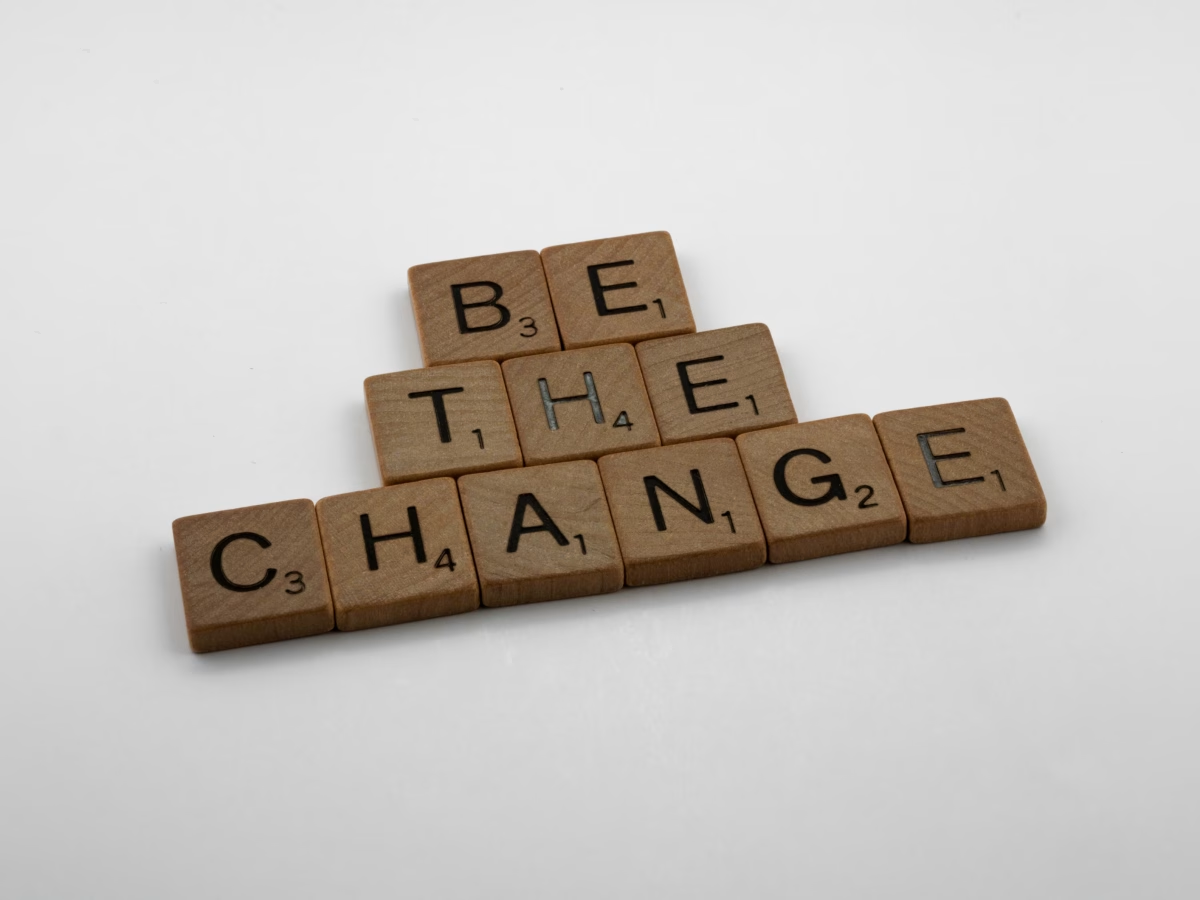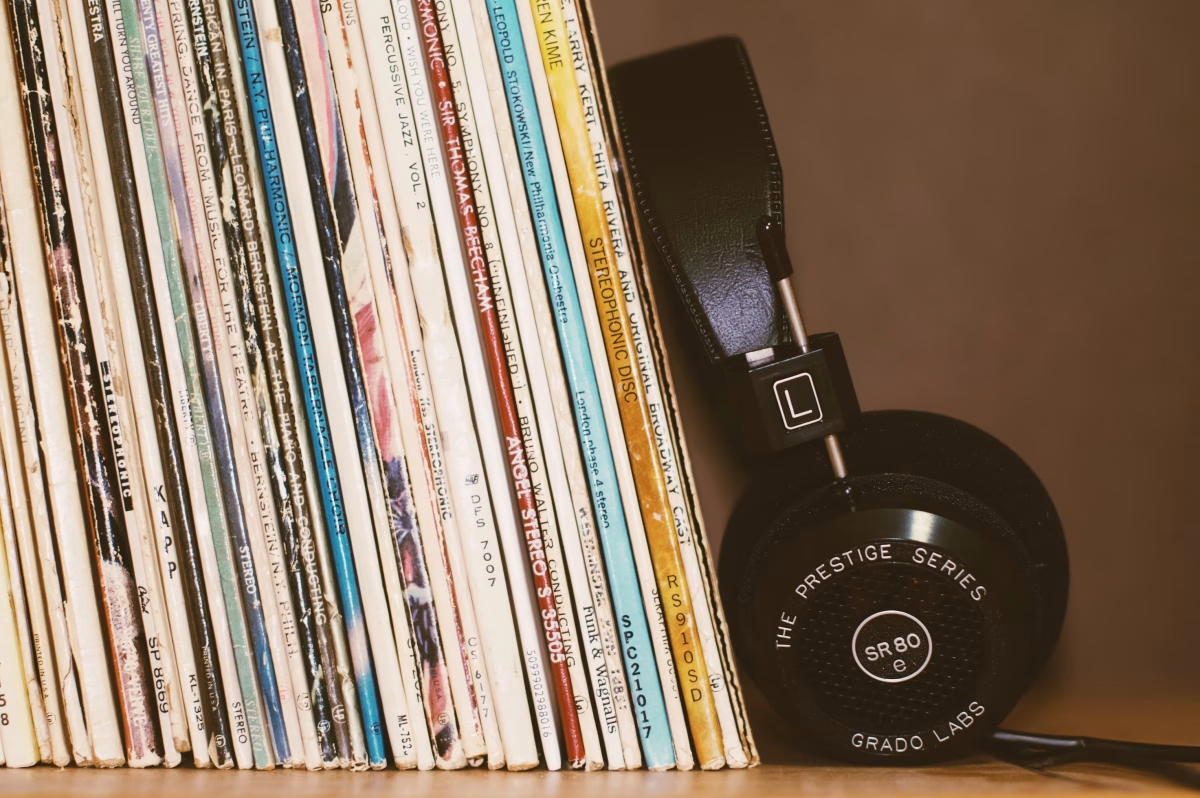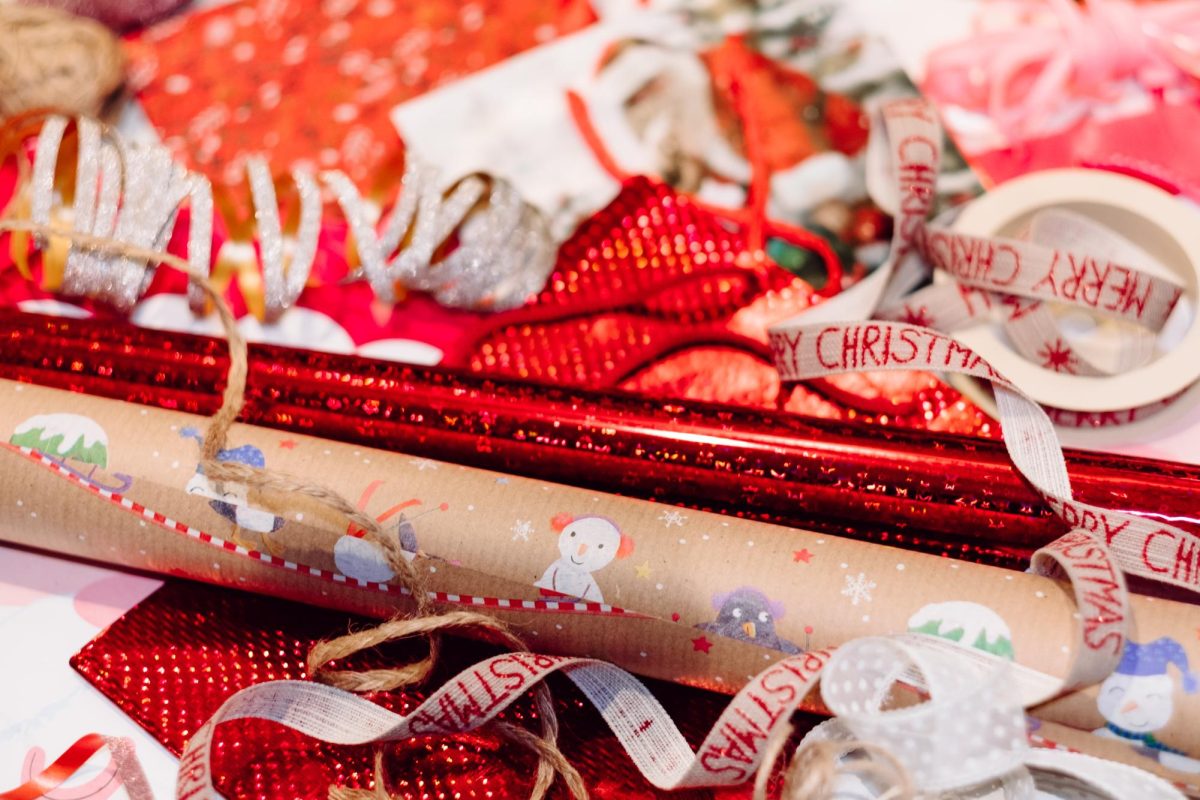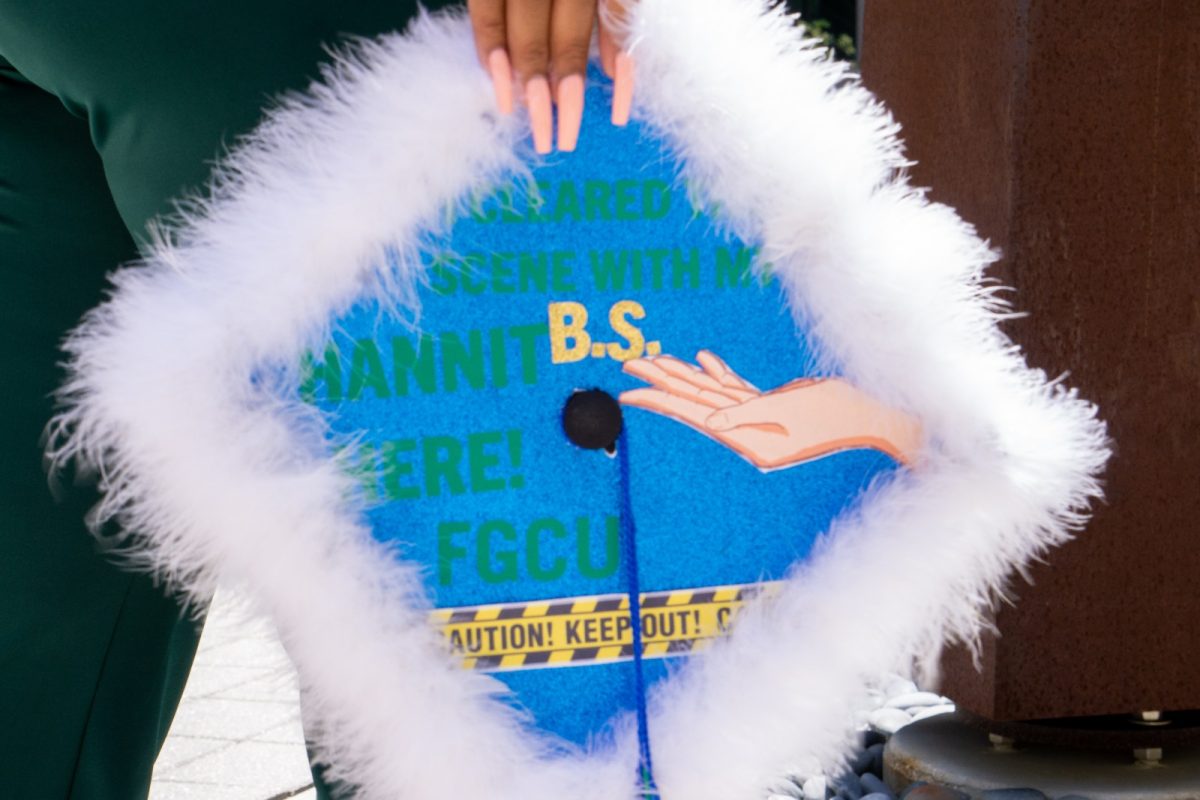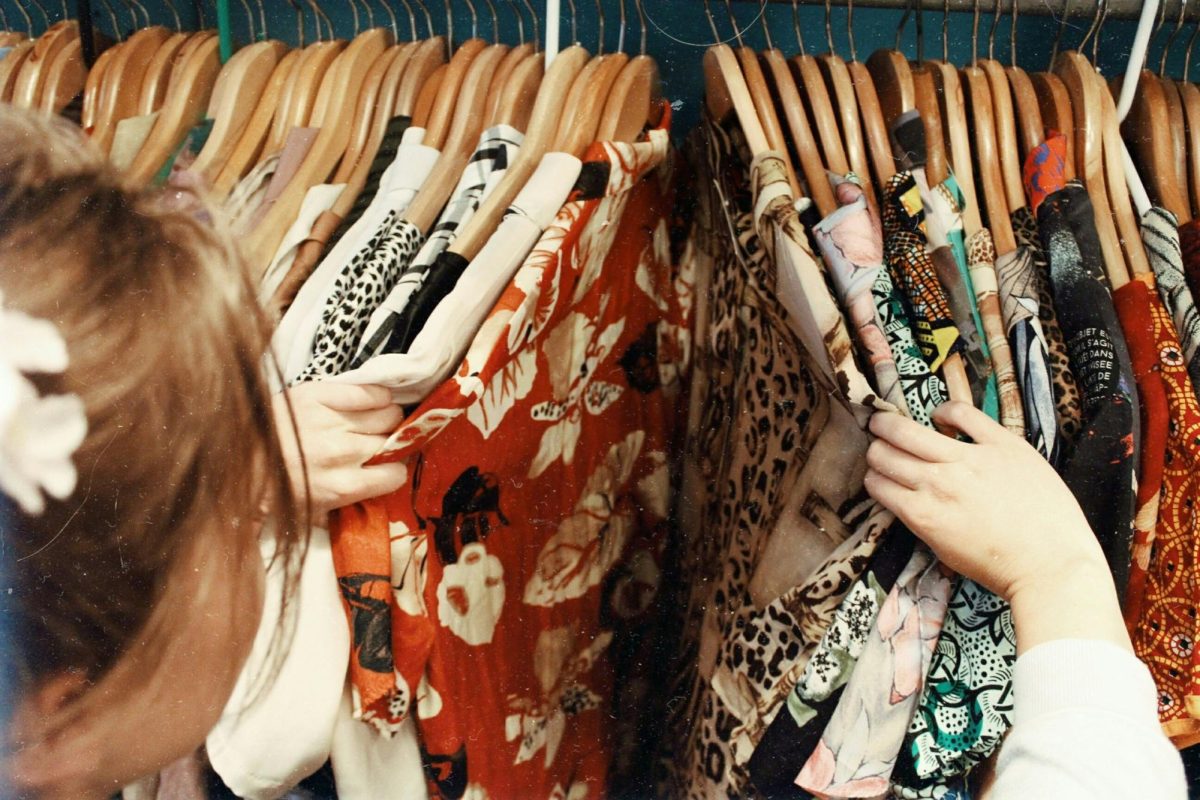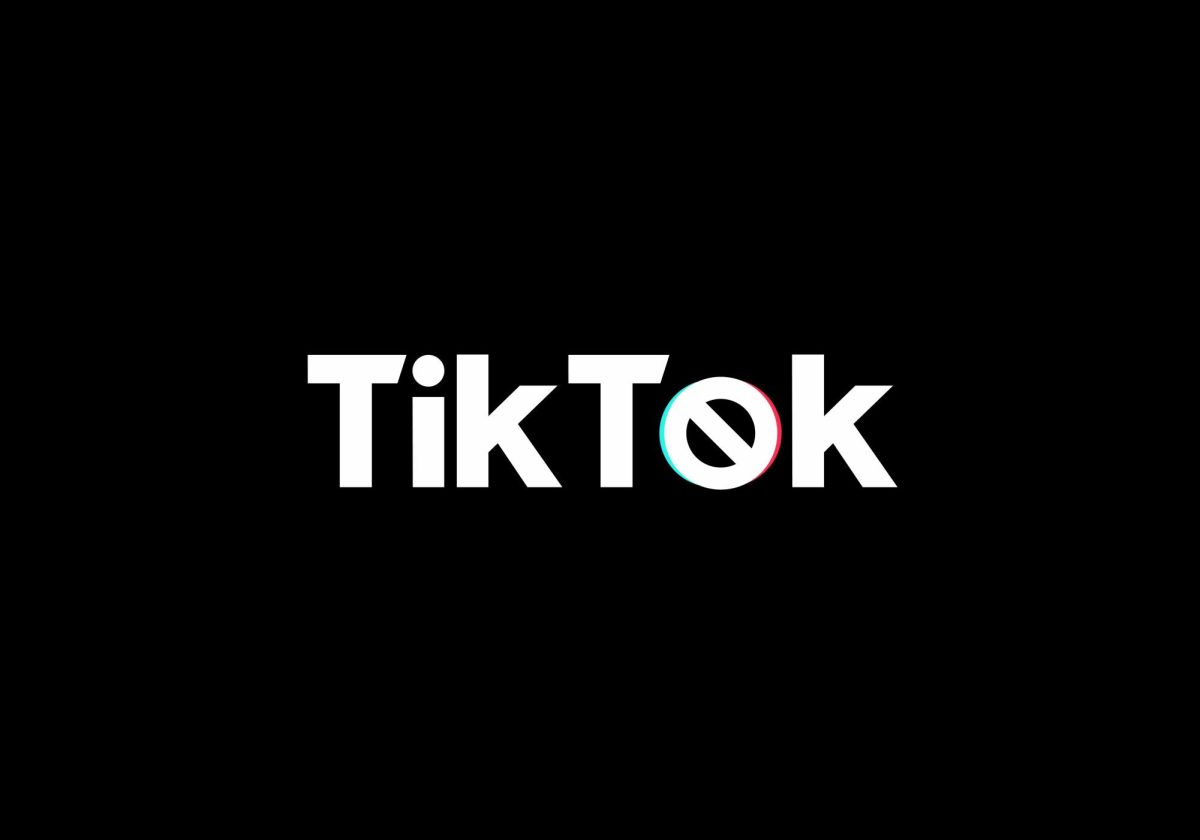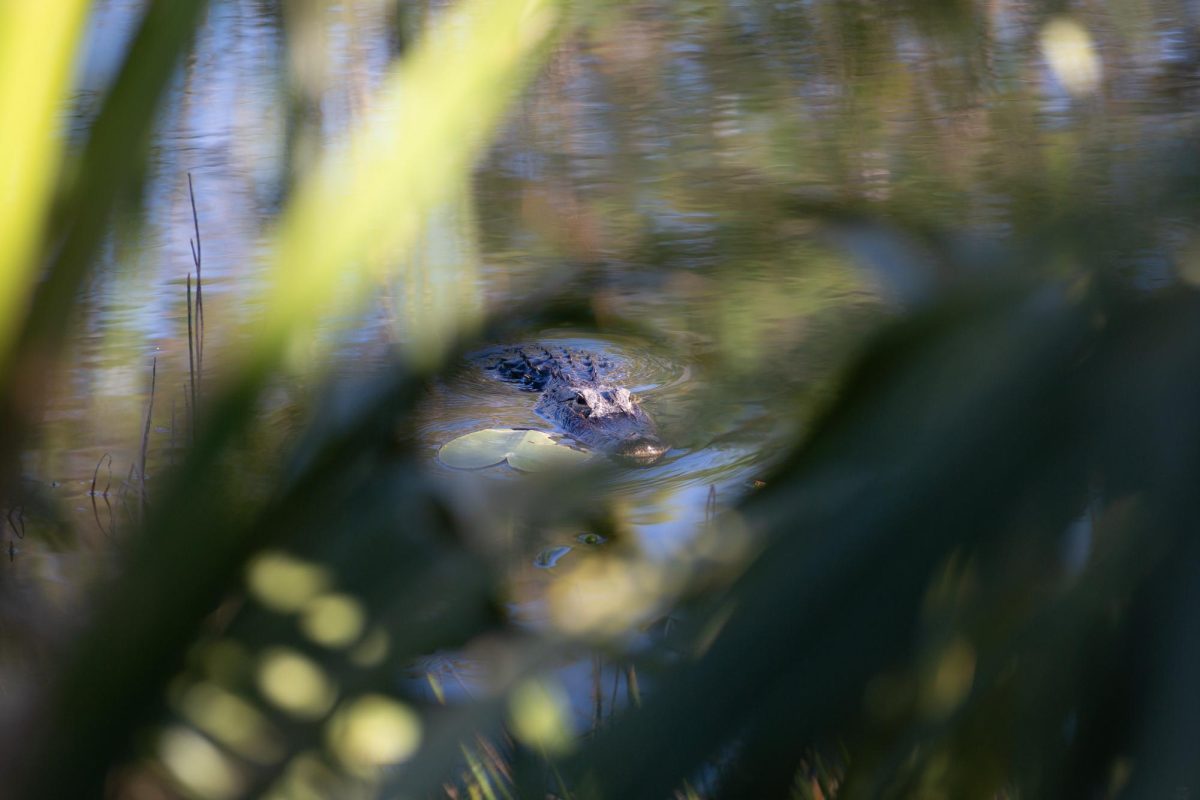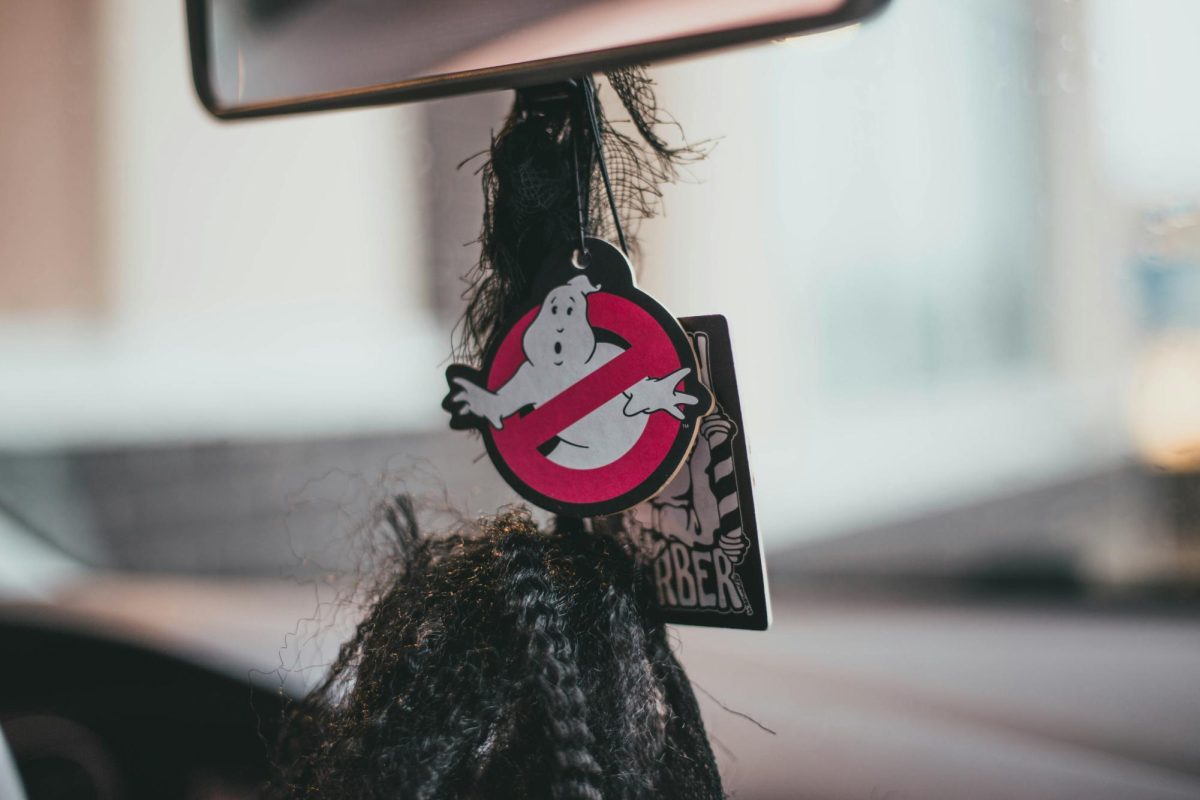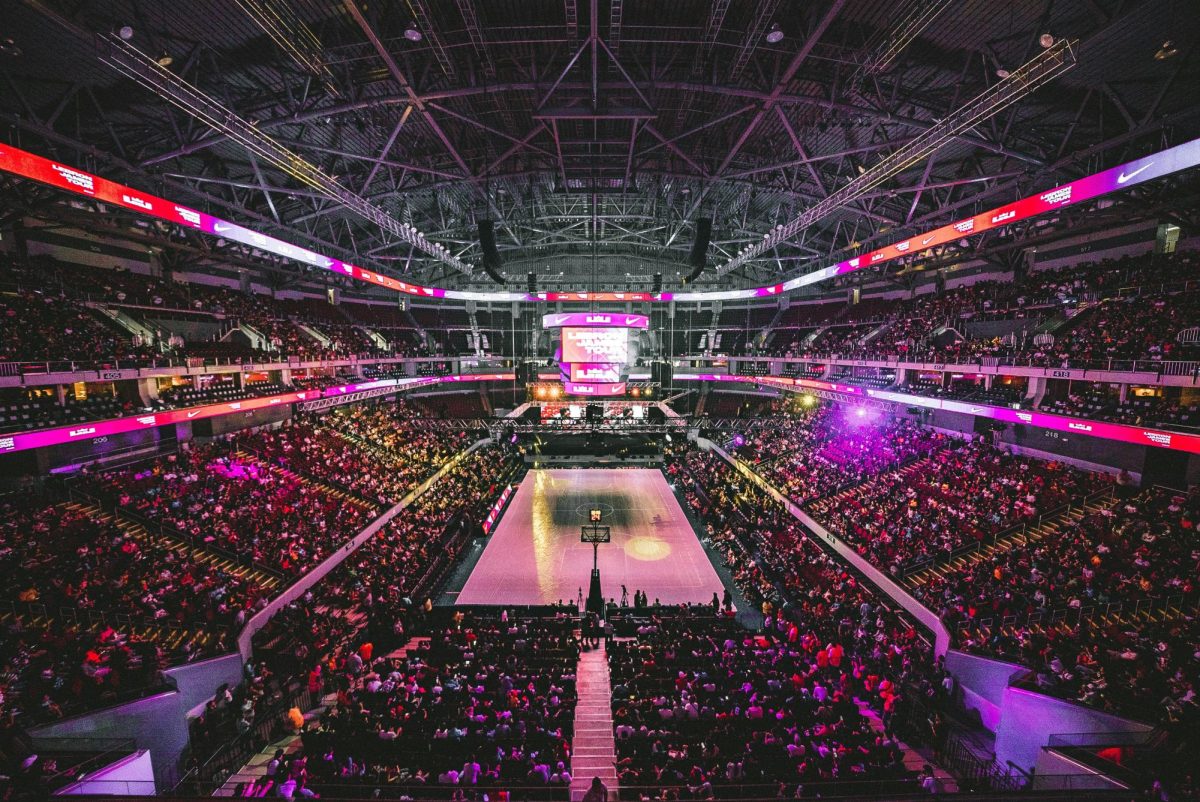Throughout the glamor of the holiday season, we often forget the waste that accompanies it, at least until we are face-to-face with a clearance section chock-full of ugly sweaters and reindeer decorations in January.
Of all the holiday junk, wrapping paper is easily one of, if not the worst, for the environment. The Center for Biological Diversity reports that at least 50% of the 4.6 million pounds of wrapping paper produced in the United States ends up in landfills. Consequently, the non-recyclable microplastics from wrapping paper eventually turn up in the digestive tract of marine animals. Microplastics are estimated to cause the deaths of at least one hundred thousand marine animals yearly. Ouch.
You may think that the answer to making wrapping paper sustainable is to buy wrapping paper that can truly be recycled: paper with no microplastics! But what would you say if I told you recycling actually worsens the issue of microplastic pollution? A single recycling facility can create upwards of three million pounds of microplastics a year.
Really, it doesn’t matter if your wrapping paper contains microplastics or no microplastics. It’s still a pollutant whether it ends up in the trash can or recycling plant. I think it’s funny that there is a whole industry of companies claiming to produce ‘sustainable wrapping paper’ when there is really no such thing. This hubbub is more indicative of the new trend of corporate greenwashing, a practice where consumers are deceived into thinking that a product is more sustainable than it actually is.
One of these companies, Wrappily, proudly boasts that they are certified by none other than the Sustainable Forestry Initiative (SFI). You may have heard of the SFI last year when they were under fire for their certification scheme. Furthermore, many environmental activists hold ire toward the group because of their indifference toward clearcutting even if it results in water contamination and other environmental no-nos.
We can’t rely on large groups or corporations to tell us how to be sustainable. We have to pursue environmentally conscious lifestyles ourselves. We can’t necessarily make ‘sustainable wrapping paper’ but the way we use it can be sustainable.
An easy way to use wrapping paper sustainably this holiday season would be to reuse it. Instead of ripping through your presents this year, take the time to carefully remove the wrapping paper or any bows that may come with it. Store it for the next time you may need to wrap a gift. You may want to even consider taking up furoshiki, the traditional Japanese way to wrap gifts using fabric. By using furoshiki, not only would you be using a rag or other fabric that would have gone to waste, but it can be reused. Also, you get a new hobby to bring up as a conversation starter.
Evidently, there are many ways to ‘go green’ this holiday season, at least regarding wrapping paper. Whatever method you decide to use should be one that personally appeals to you. Whether that be reusing old wrapping paper or taking up furoshiki, the ball is in your court when it comes to being sustainable.




